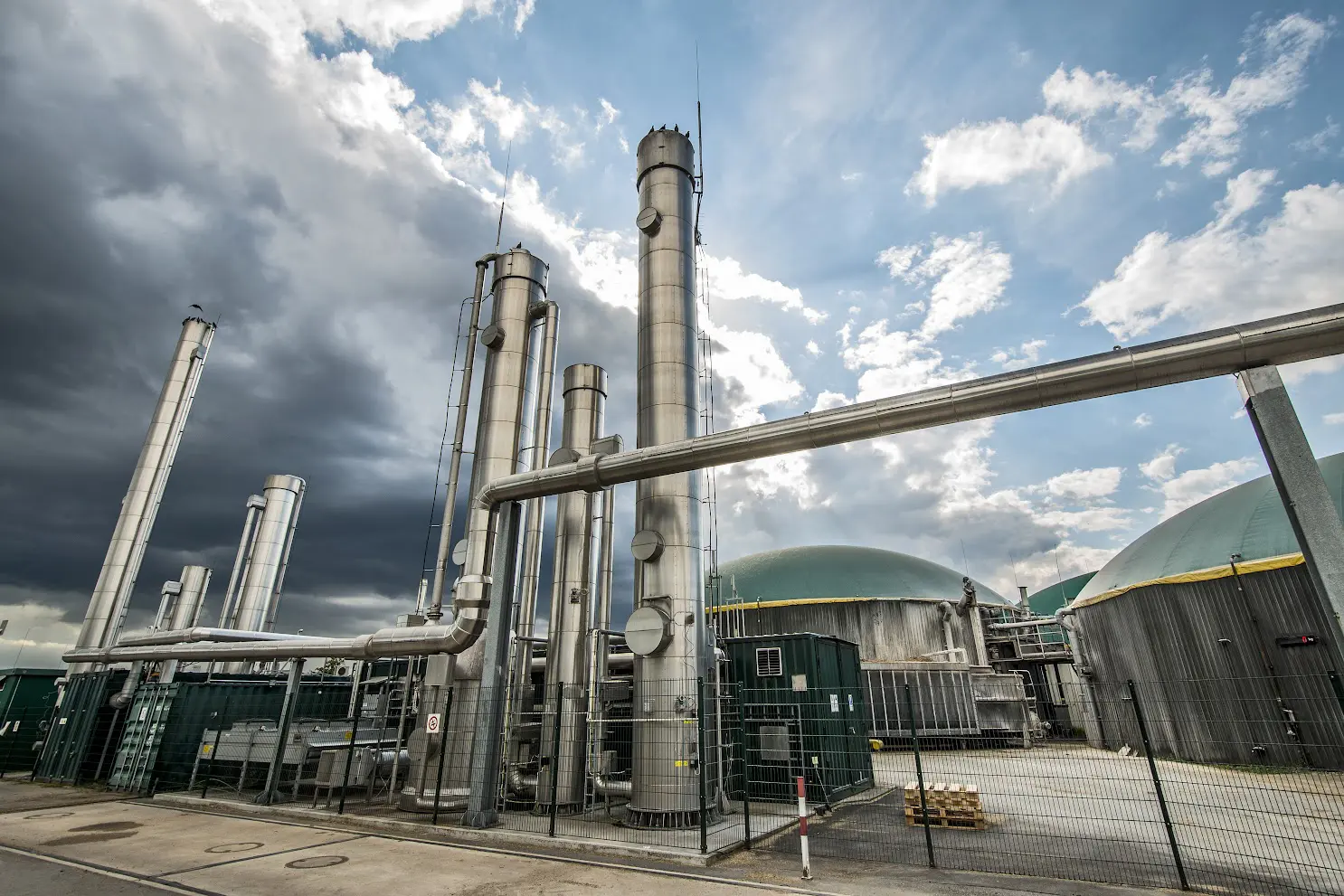EMS et SMÉ : quelle différence ? #2

Understanding the difference between EMS and EMF and adopting them to maximize energy efficiency
What is an EMS?
An EMS, or Energy Management System, is a software program used to monitor, control and optimize the energy consumption of the businesses and equipment within a building.
EMS features
An EMS performs several essential functions:
- It measures energy consumption by zone or type of equipment in real time.
- It identifies energy consumption peaks and anomalies.
- It analyzes trends to anticipate future energy needs.
- It facilitates the implementation of energy optimization strategies.
What is an EMF?
An EMF, or Energy Management Framework, is a strategic management reference framework designed to continuously improve an organization’s energy performance. Unlike an EMS, which focuses primarily on data collection and analysis, an EMF integrates energy management into the organizational culture.
ISO 50 001 standard
The ISO 50 001 standard plays a central role in the implementation of an EMF. This standard promotes the adoption of energy management practices by offering a clear framework for organizations aiming to optimize their energy use. To support companies in this process, there are a number of financial aid schemes available. Companies with ISO 50001-certified facilities are eligible for PRO-SMEn support. This scheme, supported by ATEE, provides a bonus of up to €40,000.
Benefits of an ISO 50 001-compliant EMF
An EMF is used to:
- Continuously improve energy performance by identifying and implementing improvement opportunities.
- Comply with regulatory requirements.
- Meet stakeholders’ expectations in terms of energy performance and sustainability.
- Improve image and competitive edge (particularly with investors sensitive to ESG criteria – Environmental, Social and Governance).
EMS and EMF: essentially complementary
An EMF is an organization’s overall energy management strategy, while the EMS is a specific tool used within this strategy to optimize energy consumption. Used together, these two systems enable organizations to achieve optimal, sustainable and cost-effective energy performance.
Source : PRO-SMEn website




